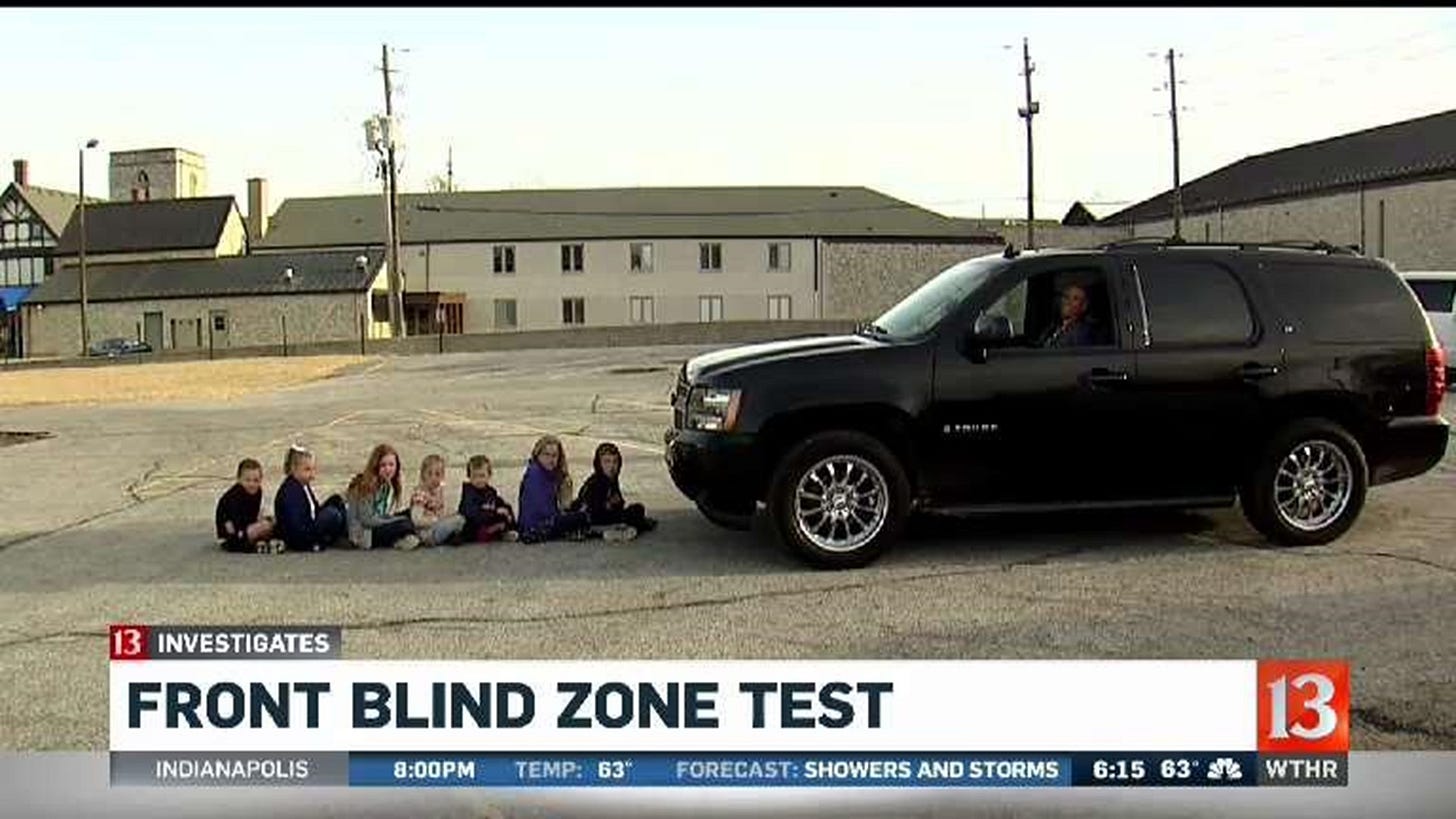Driving Is Worse Because Society Is Worse
Cars have become weapons of war against each other.
I love driving. I know driving is kind of evil. But I love it. I love my stupid little car—a 2015 Volkswagen Golf TDI. It’s diesel. It gets 45 miles per gallon. It’s a 6-speed stick shift. It was cheap (due to Volkswagen recalling every diesel they sold after being caught doing really evil stuff to cheat the emissions standards of the U.S., and then needing to offload all those cars) and it goes fast and is tiny and I love zipping around country corners and pretending I’m a racecar driver (while remaining at a reasonable speed, of course; I would never break the law). Vroom vroom.
But over the last few years, driving has become a much more miserable experience for me. I hope not to negate my own responsibility here, but, I think, it’s not that I’ve changed, it’s that everything else has: every car around me is suddenly humongous, all of their headlights seem designed to blind me and cause me to crash into a telephone pole, and, worst of all, the people behind the wheel of these humongous and bright cars seem to actively want to kill me, and, presumably, everyone else on the road too.
People seem to agree that drivers have gotten worse in the last few years, that headlights have gotten too bright, and that cars have gotten too big and dangerous. And yet, many, many people keep buying these huge, dumb cars, despite the fact that they cost way too much money. The average car price is now $47,000. That is, frankly, insane.
Perhaps the pandemic made people worse at driving and more prone to antisocial behavior; perhaps some people are affected by Long Covid and cannot think as clearly as they barrel down the road; perhaps people are more stressed and depressed and taking that out on everyone.
All those things are probably true. But I think they’re also all related—they sit under the umbrella of a culture designed to atomize us into machines indifferent to (or even actively seeking pleasure in) death and destruction. Cars and driving are not the cause of this problem; rather they are the most effective tool to enact a purposeful societal violence. Which is what, in many ways, they’ve always been. We’ve simply made those tools much more effective at doing their jobs recently. If we have any hope of challenging our ever-more-insane car culture, we first must correctly identify the problem.


